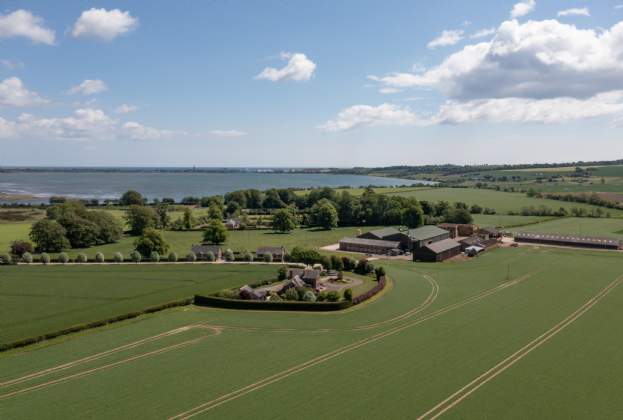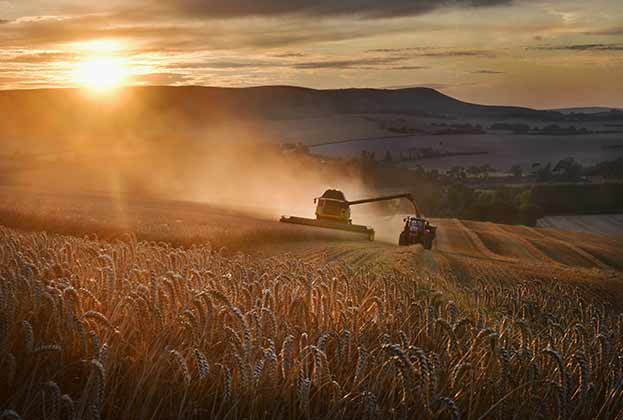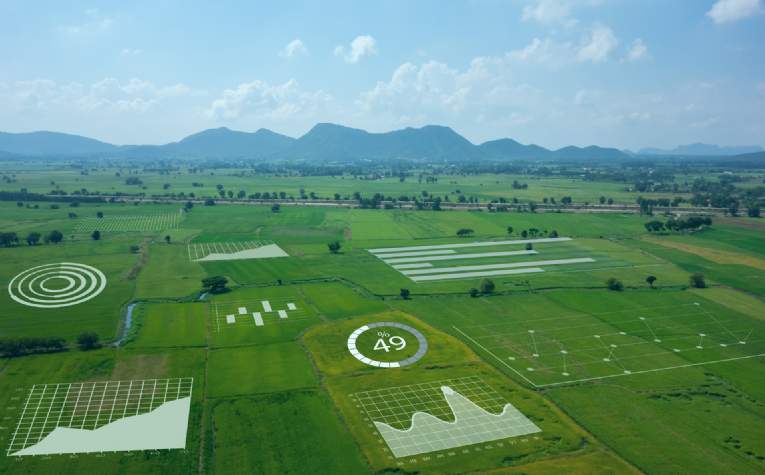As people increased their grocery spending ahead of the Covid-19 lockdown restrictions, widespread shortages highlighted the fragility of our just-in-time food supply chains here in the UK.
Food security is, thankfully, not something we have had to spend too much time focusing on in the past, but in the aftermath of coronavirus and with future Brexit trade agreements not yet in place it ought to prompt a review on just how reliant we are on food imports.
On-shoring of supply chains has been hailed as one possible solution to help mitigate future risk, which could lead to an increase in initiatives such as vertical farming. However, as these operations expand they are likely to need significant warehouse space with some unique requirements.
Vertical farming is essentially the practice of growing crops in vertically stacked layers and often incorporates controlled environment agriculture which aims to optimise plant growth. Until recently, this had been an urban enterprise designed to be easily incorporated into a home, shop, restaurant or even a workplace, but things are now changing.
We’ve already seen some firms take over industrial units and disused tunnels to grow high quality salad products for a discerning local market, but in the long term does current warehouse availability cater to the unique building specifications required?
In order to successfully grow produce, buildings need an increased number of key characteristics such as insulation, security, height, power and an extensive and complicated fit-out, to name but a few requirements.
Despite the myriad complexities, there are also significant benefits in the long term. Controlling ambient conditions and operating in sterilised environments result in greater crop yield and lower processing costs. You can also eliminate climatic risk and potential price fluctuation as it’s unlikely that macro international events will have any impact.
Additionally, there’s no downtime during winter, allowing for 365-day production. Ultimately, with technology to monitor every aspect of the plant’s growth, you can know in exact detail the length of your growing period, what you’ll be producing and when, enabling a consistency of supply while reducing the UK's exposure to trade risks.
This said, the power requirements needed for controlling conditions 24/7 are considerable. According to data from Hortidaily, lettuces grown in purpose-built vertical farms need an estimated 3,500 kWh per year for each square meter of growing area. Connecting to the grid and accessing power is already a huge obstacle to both developers and occupiers, with energy provision dictating upcoming industrial hotspots.
Our research suggests that a fully automated warehouse can require as much as 13MVA of power, equivalent to the energy use by 10,000 three-bedroom homes. Already heavily in demand, the lack of access or the cost of attaining sufficient power will play a large role in vertical farmers’ property options.
In short, there are almost certainly clear advantages when it comes to the implementation of vertical farming, especially for early adopters. The question is, therefore, will these unique occupiers be willing to look past traditional industrial sites and embrace new key locations that can offer the required infrastructure, sufficient power and the labour that they’ll need to successfully reach our supermarket shelves?
Further information
Read more: Impacts 2020: has Covid-19 affected the UK’s food security?

.jpg)
.jpg)



.jpg)
.jpg)
.jpg)
.jpg)
